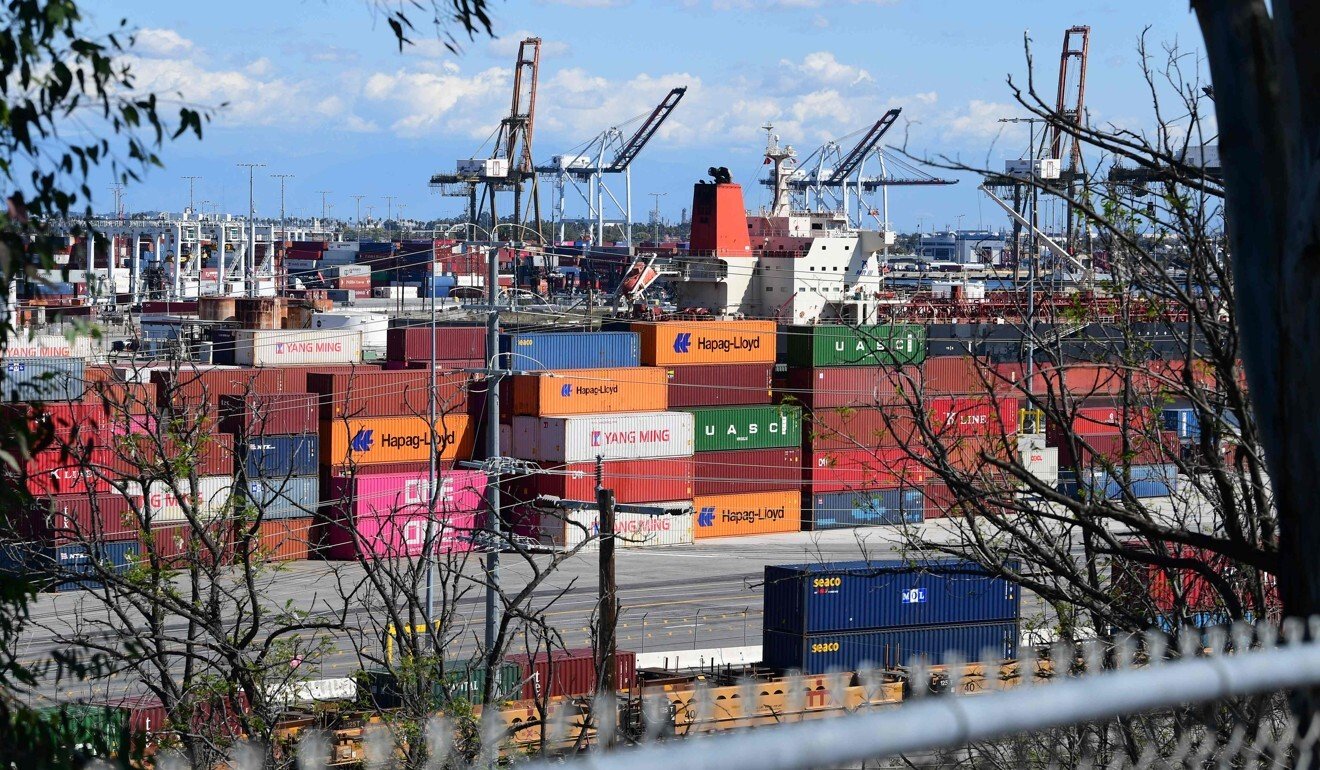
Why Donald Trump’s about-turn on the US dollar is right on the money
- After months of bemoaning the strength of the greenback, the US president has good reason for now declaring his support for a strong dollar – he’s trying to shore up confidence in US paper as the Treasury goes on a borrowing spree
In pre-pandemic 2019, the White House identified the best interests of the US – and by extension Trump’s re-election prospects – with US exporters doing well. Their success would result in the creation of yet more employment for an economy that was already seeing substantial and sustained job creation.
As US president, “one would think that I would be thrilled with our very strong dollar. I am not!” Trump tweeted on August 8 last year, criticising tighter Federal Reserve monetary policy and complaining that US dollar strength was “making it more difficult for our great manufacturers like Caterpillar, Boeing, John Deere, our car companies, and others, to compete”.

That was pre-Covid-19, a world before economic lockdowns, where consumers were spending and businesses investing. In that world, a more competitive currency could have helped US exporters gain some degree of competitive advantage in pursuing trade opportunities.
World’s quest for Covid-19 vaccine is in danger of becoming a free-for-all
In this situation, the competitive advantage that a weaker domestic currency offers to exporters of any nation is of limited utility. If no one’s buying at any price, then securing a price advantage through a weaker currency is irrelevant. Only a return to some degree of economic normalcy will change that equation, and the world is a long way from achieving that.
It may take a while for discretionary spending in China to rebound. The negative impact of Covid-19 on Chinese households, and indeed across the world, may mean that, individually, those same households will seek to rebuild their domestic finances in the short term and curb expenditure.
A single household doing that has no impact on the economy. But if societal retrenchment reduces aggregate demand, that will have a negative impact on production, as manufacturers scale down their activities. Ultimately, that just makes the economic situation even worse, a concept known as the “paradox of thrift”. Restoring consumer confidence anywhere just won’t happen overnight.
Nevertheless, Washington needs overseas accounts to pick up some of that issuance, and so needs to create an attractive environment in which that can occur. Potential foreign buyers will be happier buying US paper if they feel comfortable that the US dollar is going to stay strong, a fact grasped by the King of Debt.
Trump, a lifelong salesman, is now trying to help sell US debt. That’s why he really thinks that now is “a great time” to have a strong greenback.
Neal Kimberley is a commentator on macroeconomics and financial markets
Help us understand what you are interested in so that we can improve SCMP and provide a better experience for you. We would like to invite you to take this five-minute survey on how you engage with SCMP and the news.











